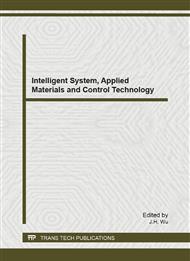p.346
p.353
p.357
p.363
p.367
p.373
p.377
p.381
p.387
Finite Element Analysis of Reinforced Masonry House in Towns and Villages in the Earthquake
Abstract:
Based on the finite element theory, adopting th e concrete material model which suffers a single vertical earthquake load. The article studies the mode, acceleration time-history curve and stress distribution. The comp arison of theoretical analysis and simulation result shows that the finite element model of the masonry buildings is reasonable and practical. And model is used to the comparison between the reinforcement model and original model in four aspects (model mode, fracture development situation, the acceleration amplification coefficient and the displacement of the wall between windows). Through the analysis, the test result has been supplemented, getting the seismic performance of original model and the increased degree of earthquake magnitude after reinforced.
Info:
Periodical:
Pages:
367-372
Citation:
Online since:
January 2013
Authors:
Price:
Сopyright:
© 2013 Trans Tech Publications Ltd. All Rights Reserved
Share:
Citation:


